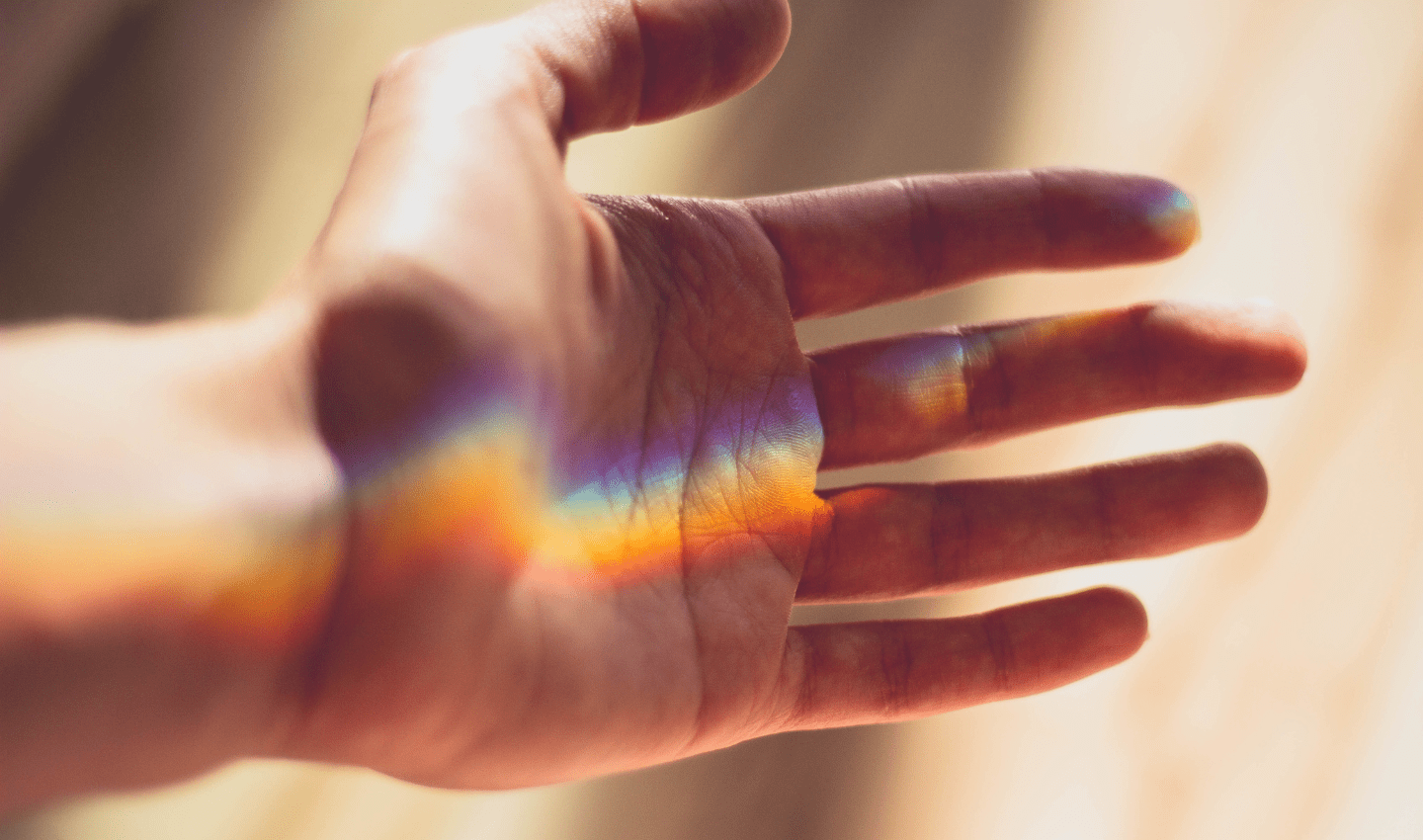- Our Impact: Threats
- Science: Explained
- Take Action
Our Impact: It’s not just plastic polluting our Ocean

This is part of our Four Pillars work that highlights the importance of the Ocean, the human-made threats it faces, and the solutions our Ocean provides.
It’s not just plastic polluting our Ocean
With plastic encroaching so many parts of our lives since the 1950’s, it would be hard to find a person today who hasn’t heard of this life-changing material. Despite all its uses, it is undeniable that plastic is choking our Ocean.
But it’s not just plastic.
Marine pollution can be observed in many different forms (see figure below).
From chemical waste to noise, let’s explore the alarming ways in which we pollute the Ocean.
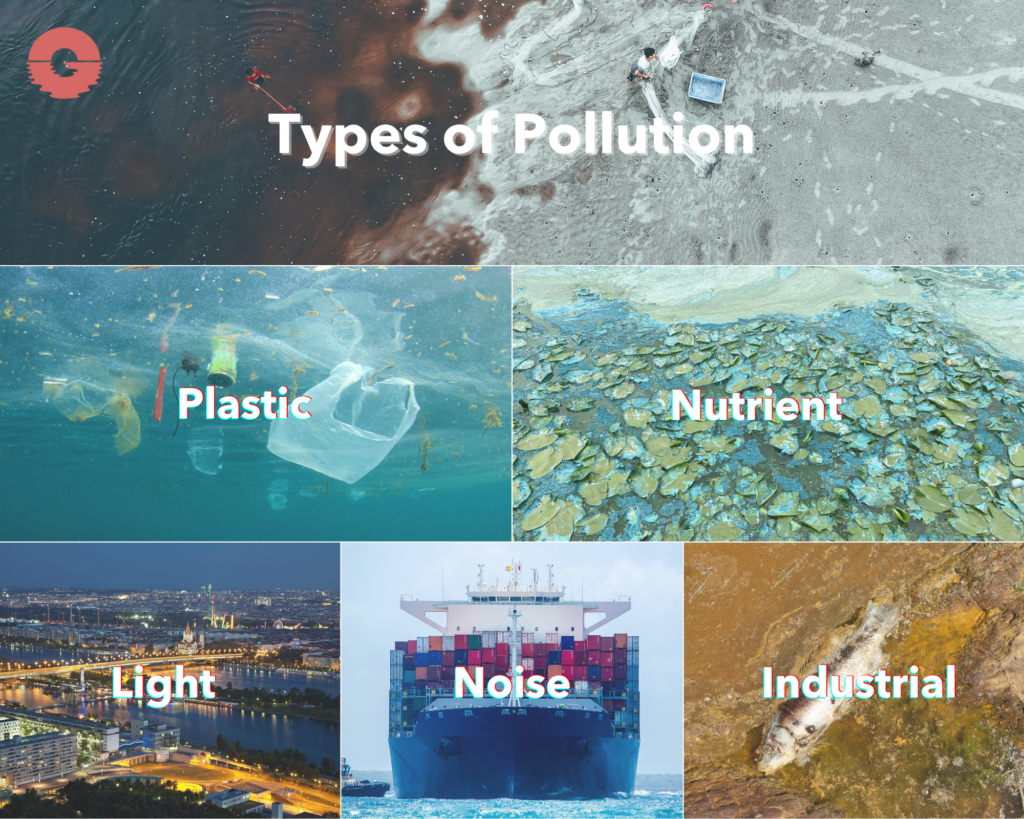
We are drowning in plastic
Plastic is the greatest concern of all the marine litter in the Ocean.
With 80% of plastic originating from land, it is clear that our mismanagement of plastic is threatening marine life. In fact, marine debris from waste streams on land and at sea into the Ocean from rivers are estimated at 1.15–2.41 million metric tons annually.
Plastic also reaches the Ocean as a result of extreme events and natural disasters like floods, hurricanes, and tsunamis.
One study even states that millions of tons of plastic may reach the Ocean this way, matching the magnitude of plastic from land.

The most common way plastic harms marine life is through entanglement. This is not to mention the repercussions felt through the food chain when species ingest plastics (and microplastics) unknowingly.
From whales, to birds, to turtles, plastic is mistaken for prey and consumed with traumatic consequences like infections and internal injuries.
In the UN report, Second World Ocean Assessment (WOA) 2021, it was stated that scientific and medical understanding of the health threat of plastic pollution was inadequate. But since then, scientists have published studies confirming the presence of plastic in our blood and lungs.
These findings have sparked a greater support for more research into the effects of plastic on human health.
Changes to marine communities are far from being the only effects of pollution.
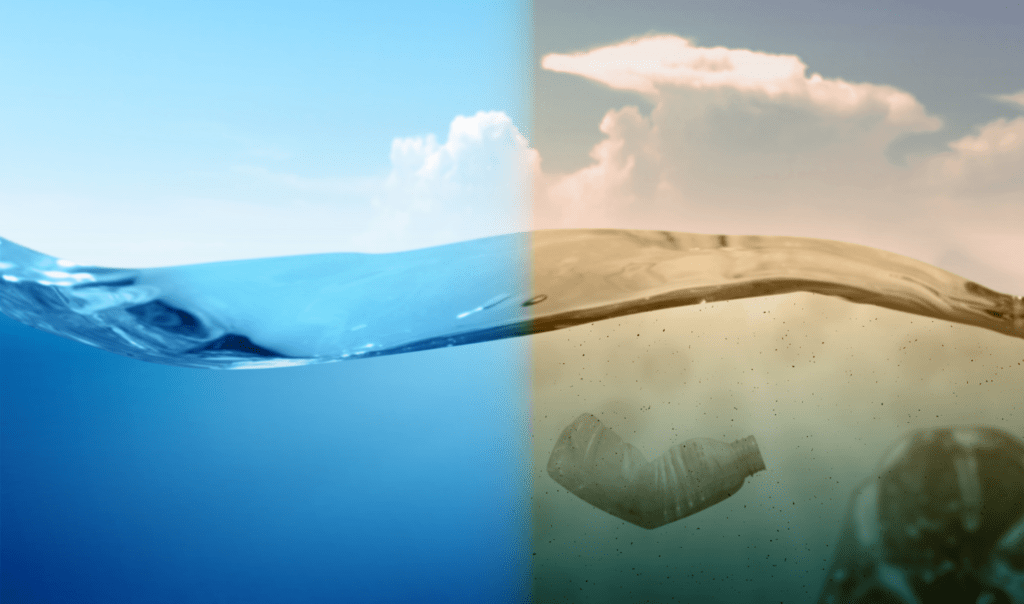
The nutrients we allow into the Ocean
The increasing amount of nutrients seeping into the Ocean aid the excessive growth of algae.
This is called nutrient pollution. When the nutrients in question are nitrogen and phosphorus (from organic matter), this process is called eutrophication. It results in undesired changes to the health of coastal ecosystems.
Nutrient changes in the Ocean threaten:
– Carbon sequestration which limits climate change,
– Fisheries, affecting their mortality,
– Abundance of biodiversity,
– Production of oxygen, and the
– Mitigation of coastal flooding.

The single largest source of nitrogen and phosphorus are synthetic fertilisers.
Other agricultural inputs include animal husbandry and monocultures of legumes. Another source of nitrogen is the combustion of fossil fuels, releasing nitrogen in the form of NOx.
The most prevalent source of nutrient pollution is human sewage.
This is not a surprise considering 80% of municipal wastewater being released into the environment is untreated. Regionally, treated sewage varies from 90% in North America, 66% in Europe, 35% in Asia, and 14% in Latin America and the Caribbean to less than 1% in Africa.
This means that across the Ocean, we see an increase in phytoplankton and a decrease in oxygen levels. This disrupts fish stocks and increases the number of waterborne diseases.
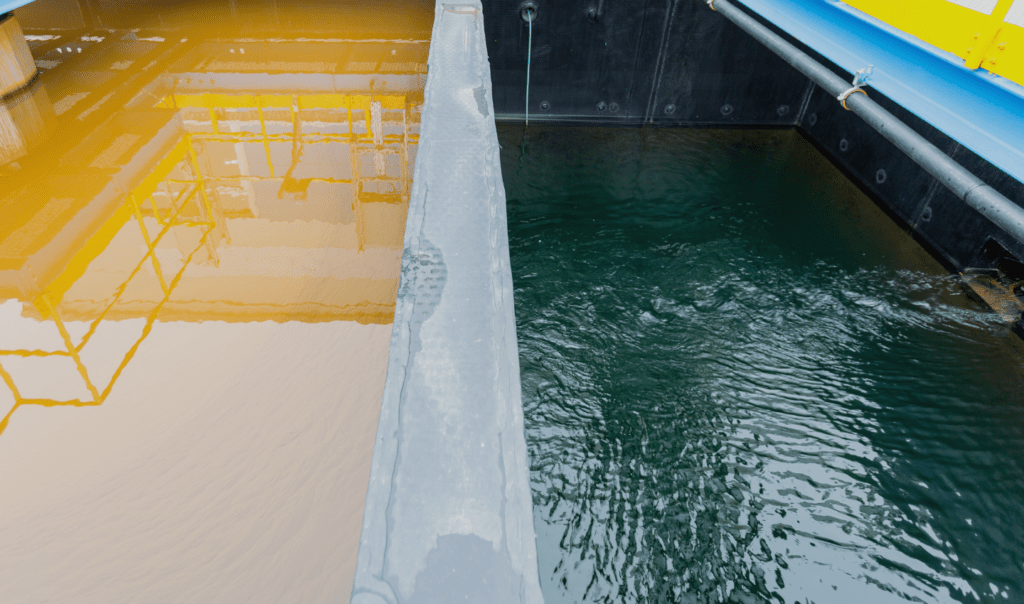
But nutrients are not the only thing to worry about…
Ocean pollution – in different industries:
Industrial pollution can be observed from many sources. They are:
– Persistent Organic Pollutants (POPs):
They are a complex group of substances known for their ability to endure in the environment. At present, we have observed declines in some regions, thanks to regulatory standards set by the Stockholm Convention but POPs are still a global concern.
For example, cetaceans have been detected with PCB (a kind of POP) concentrations which also affects the food chain, increasing the risk of cancer and infertility in humans.
– Metals:
Humans are responsible for large influxes of metals being released into the environment.
This includes metals such as mercury, lead, and cadmium but also rare earth metals. Metals do not disappear over time and can be trapped in sediments.
It was found that some Artic marine mammals are at high-risk with the concentration of methylmercury in their diet. This poses a risk to the food chain, and subsequently, human health.
– Radioactivity:
The discharge of radioactive substances into the Ocean from nuclear power plants continue to decline with the help of improved technologies.
– Pharmaceuticals and Personal Care Products:
This includes all chemicals used for healthcare, cosmetics, and medical purposes. The process to remove these substances from wastewater is not efficient.
As a result, the most frequently detected compounds are antibiotics. There have been some cases like the antibiotic resistant bacteria and soil found in the Artic and Pacific but overall, there is limited data on the true impact of these products in the Ocean.
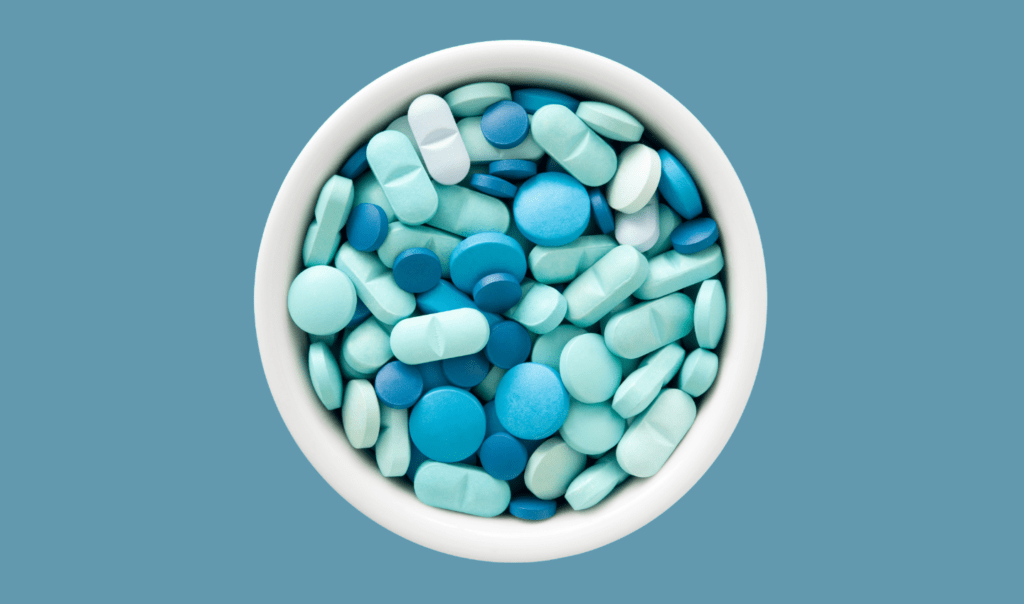
– Shipping:
Globally, there is a decreasing trend in oil spills (over 7 tons), possibly owing to improved surveillance and increased awareness.
Shipping also increases the likelihood of marine litter, with the World Shipping Council estimating that on average, a total of 1382 containers are lost at sea each year.
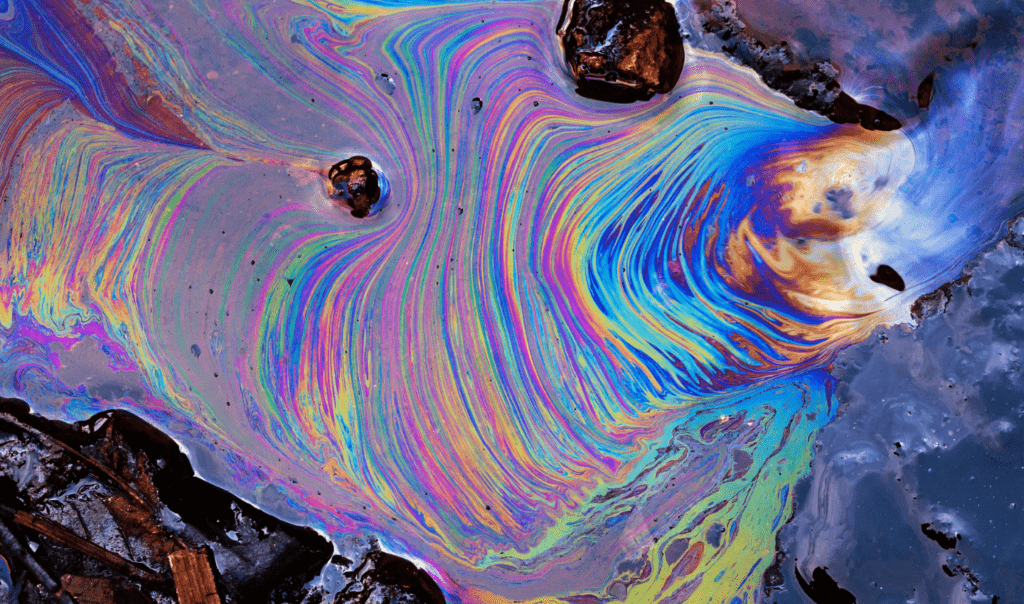
Sound pollutes the Ocean (and we’re not considerate neighbours).
Human-made noise makes its way into the Ocean via vessels, renewable energy development, sonar, and seismic exploration. Marine traffic also contributes to noise pollution.
Over the past 10 years, there’s been increasing interest in developing guidelines to regulate noise in the Ocean.
We continue to learn and understand the impact of the noise we make on marine animals. Some of the observed examples are as follows:
– Increased stress levels in North Atlantic right whales
– Humpback whales: changes in foraging behaviour and vocal calls during breeding season
– Fish and coral larvae are less able to select appropriate habitats
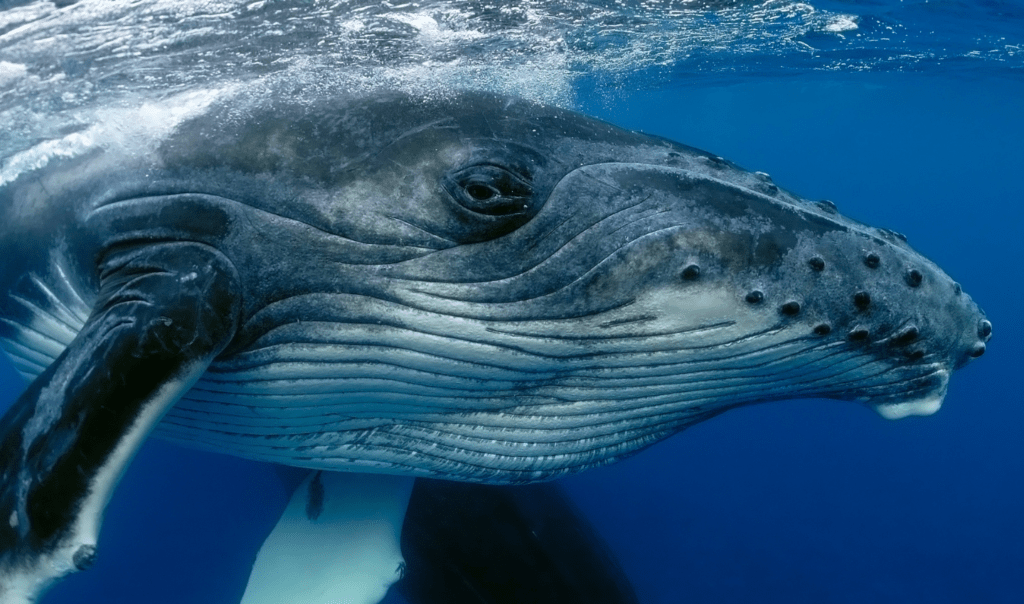
Hit the lights: Do you know how light pollution impacts marine life?
Although all living beings are sensitive to light in the environment, if organisms are subjected to light at the wrong place and time with varying intensity, it’s known as light pollution.
This affects the behaviour of many marine mammals. For example, on one Turkish beach, light pollution from a coastal village, paper mill and a tourist resort resulted in less than 40% of logger-head turtle hatchlings being able to reach back to the shore.
They get disoriented and sometimes are at risk of predation.
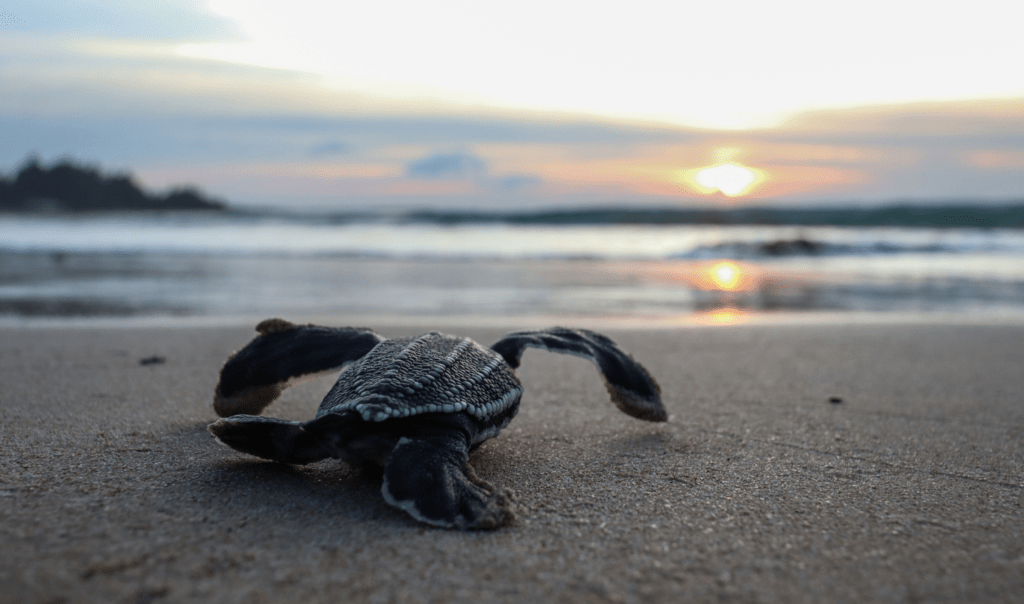
The most impactful way humans project artificial light is through urbanisation of coastal areas. The light we emit can be seen from space.
In fact, up to three quarters of seafloor close to coastal cities are exposed to artificial light. But other water bodies are not immune. In freshwater ecosystems, melatonin levels which are responsible for sleep or day and night cycles, are affected in freshwater fish.
In the Ocean itself, offshore development is of concern when assessing light pollution. Artificial light at night can penetrate deep into water (over 40m) depending on the clarity of water, with humans having the most impact in the top one metre of water.

What can we do to restore the Ocean?
We need to develop a wide range of solutions to combat the different types of pollution affecting the Ocean.
To tackle plastic pollution, a Global Plastic Treaty is underway to ensure optimal waste management and promote sustainable consumption and production of plastics.
As a society however, it is still in our best interests to reduce our reliance on plastic where possible. We need to dispose plastic in the safest way possible, not allowing it in our waterways.

Nutrient pollution can be curbed with the help of top-down approaches but also public awareness.
As a community, we can take a stronger stance and equip ourselves to monitor water quality, pushing for stronger policies. Those who have lawns and gardens can also minimise their pollutant run-off through many ways.
Moreover, better sewage systems are needed to achieve standards set by the World Health Organisation (WHO). In India, for example, despite efforts to operate better systems, nutrient pollution still persists. Industry stakeholders must develop and promote solutions to address pollutants in the agricultural sector. Innovative solutions are needed to reduce emissions and spills in shipping.
Lastly, there is a need to promote and fund the research required in further understanding all these issues because our Ocean is running out of time, awaiting solutions for the threats we’ve created.
There is only one Ocean, and it connects us all.



